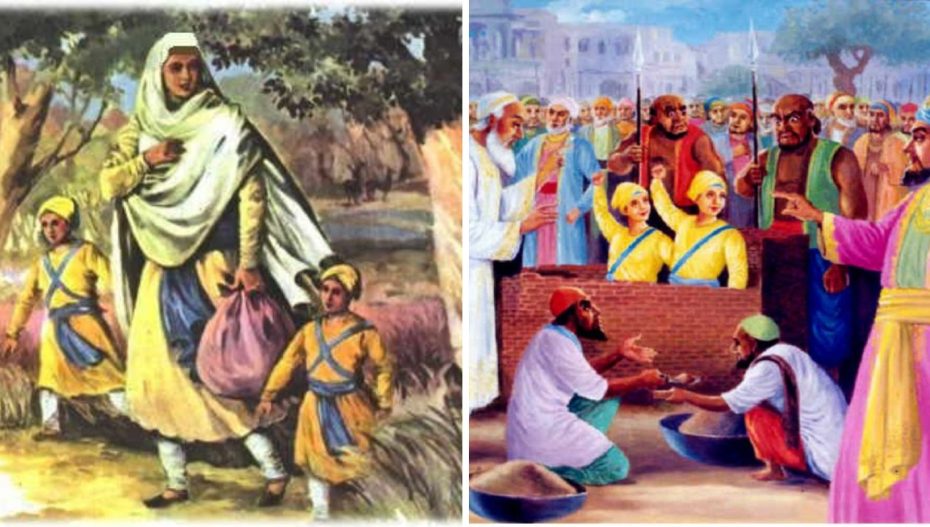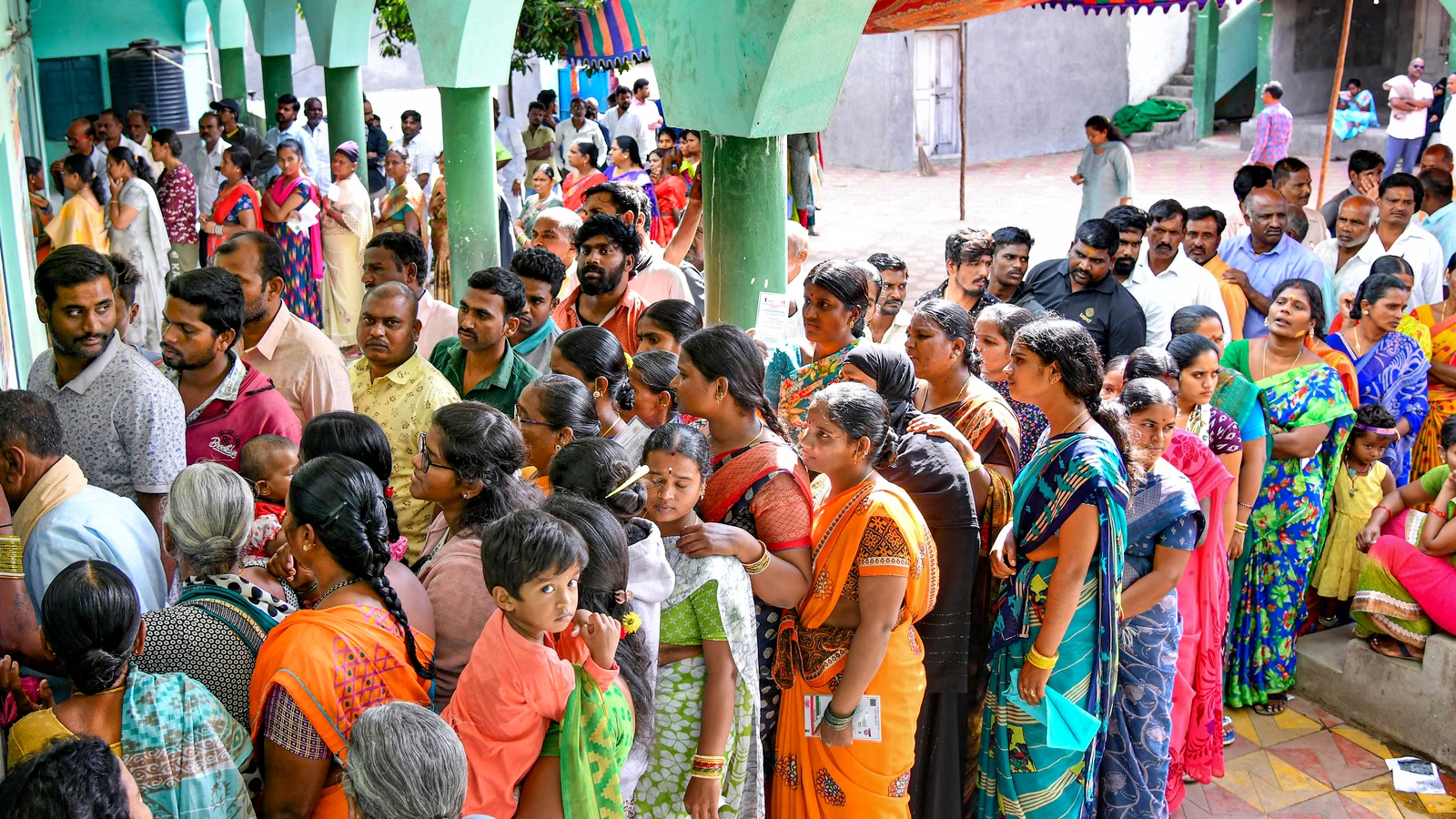From Guru Gobind Singh-ji’s supreme sacrifice to numerous Sikh Gurus anchoring us to a spiritual world, the history of Sikhism is replete with glorious chapters.
As The Telegraph (India) notes, one such is the martyrdom of the four Sahibzaade (sons), remembered in December.
Sahibzaade is a term fondly used for the four sons of Guru Gobind Singh Ji, the 10th guru of the Sikhs.
According to historical records, Guru Sahib, the four Sahibzaade, Mata Gujari Kaur, Guru’s Mahil, Mata Jeeto Ji, his wife, the five Panj Piaras and a few hundred Sikhs left Anandpur Sahib on December 20, 1704 towards Ropar.
The Mughals, on the evening of December 20–21, attacked the Guru’s group at a location on the Sarsa River, about 25 kilometres away from Anandpur Sahib, causing the Guru’s family to split up.
The Gurudwara Sahib is erected there in their honour as Gurudwara Pariwar Vichhora Sahib. The location is now known as Pariwar Vichhora.
Mahil, the Guru, departed for Delhi with Bhai Mani Singh.
Along with two elder Sahibzaade, five Panj Piaras, and forty Sikhs, Guru Gobind Singh Ji set out for Chamkaur, arriving there in the afternoon of December 21, The Telegraph added.
The Chamkaur battle, also called the Battle of Chamkaur Sahib, was fought on December 22 between the Khalsa and the elder Sahibzaade, known as the Vaada Sahibzaade, martyred at the age of 18 and 14, respectively, while battling the formidable and highly well-equipped Mughal army. Forty Sikhs and three Panj Piaras died in battle against the formidable Mughal army.
Sangat Singh, another Sikh who looked like the Guru, wore his attire and stayed with the soldiers. The Guru could remain away from the enemy after negotiations broke down and the Sikh soldiers decided to confront the superior Mughal army.
The Mughal army martyred the last of the Sikhs early the following morning, the article adds. The two youngest sons of Guru Ji, Zorawar and Fateh, as well as their grandmother, Mata Gujri Ji, became separated from the other Sikhs during the battle.
A pandit from Kashmir, whom they knew, suggested that they accompany him to his village. But the servant broke trust and disclosed their location to the Mughals. Upon arriving at the house, the Mughals captured them.
During the cruel winter, all three were imprisoned in the Open Tower (Thanda Burj), with only strands of straw for bedding.
The sons were taken to that state’s governor, Wazir Khan, who promised the Sahibzaade that he would spare their lives if they became Muslims.
The two Sahibzaade refused to convert to Islam and remained resolute in their support of the Khalsa Panth. Consequently, Wazir Khan gave them the order to erect a brick wall around them. The two Sahibzaade were bricked alive, thus becoming martyrs.
Shattered, Mata Gujar Kaur departed for her eternal home the same day she learned of her young grandsons’ martyrdom.
Also Read: 107 Individuals Spend Rs 7.49 Crore Overnight In Gift City












